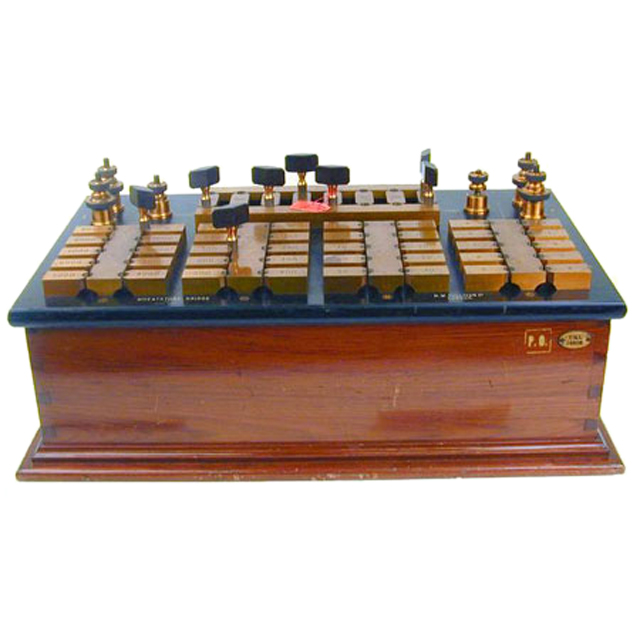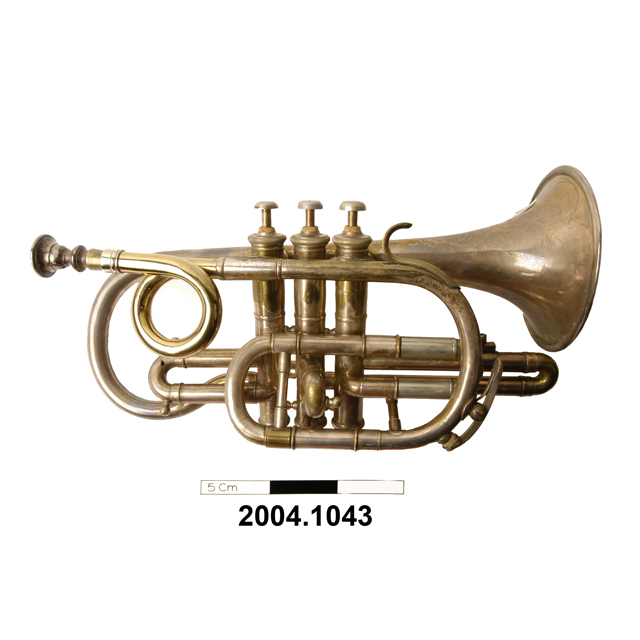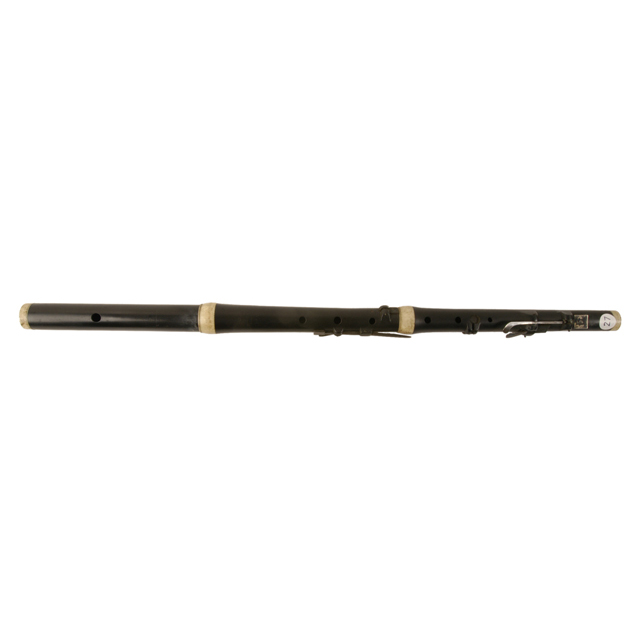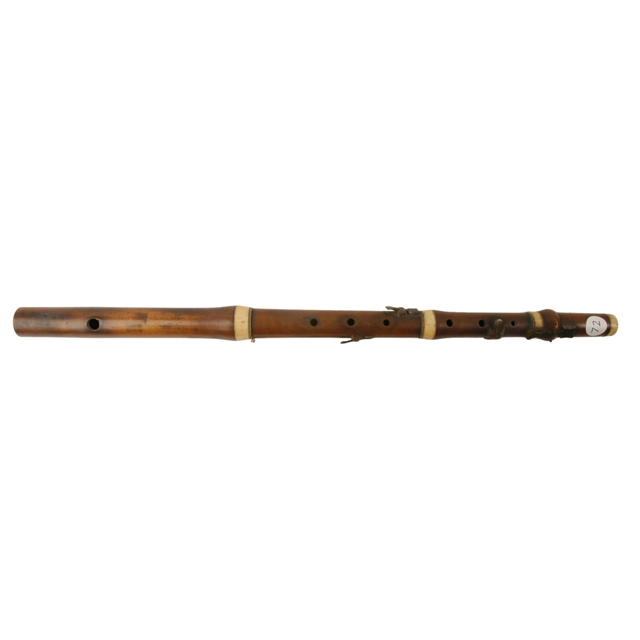

Wheatstone Bridge, G.P.O. model. Rectangular base made from varnished wood. Black table. On lower part of table are four groups of nine copper resistance blocks, marked from 0 to 9, 0 to 90, 0 to 900 and 0 to 9000 respectively. At the top part of the table are more resistance blocks marked from left to right: 10000, 1000, 100, 10, 10, 100, 1000, 10000. Three chessmen-like bridges of differing sizes on top left and right corners of table. Six copper keys with black ebonite handles can be screwed into threads between the copper blocks. The Wheatstone bridge circuit diagram is engraved on the table, incorporating the resistance blocks. Also engraved on the table in the top right hand corner: INTERNAL OHMS. Bottom right hand corner: H.W. SULLIVAN Ltd LONDON. Bottom left hand corner: WHEATSTONE BRIDGE (PRECISION)/ SERIAL NO. 1235/1947. On the front side of the base, top right hand corner: P.O.; brass plaque reads: TEL 14808.
As well as inventing the English concertina, Sir Charles Wheatstone was responsible for many of the scientific breakthroughs of the Victorian era, including telegraphy, the stereoscope and most importantly his development of the Wheatstone Bridge – although he attributed Samuel Hunter Christie with its original invention. The Wheatstone Bridge was used to measure the electrical resistance of a conductor and was still in use until the advent of electronic measuring devices in the late 20th century. This example was made in London for the G.P.O. by H. W. Sullivan Ltd. in the first half of the 20th century.







